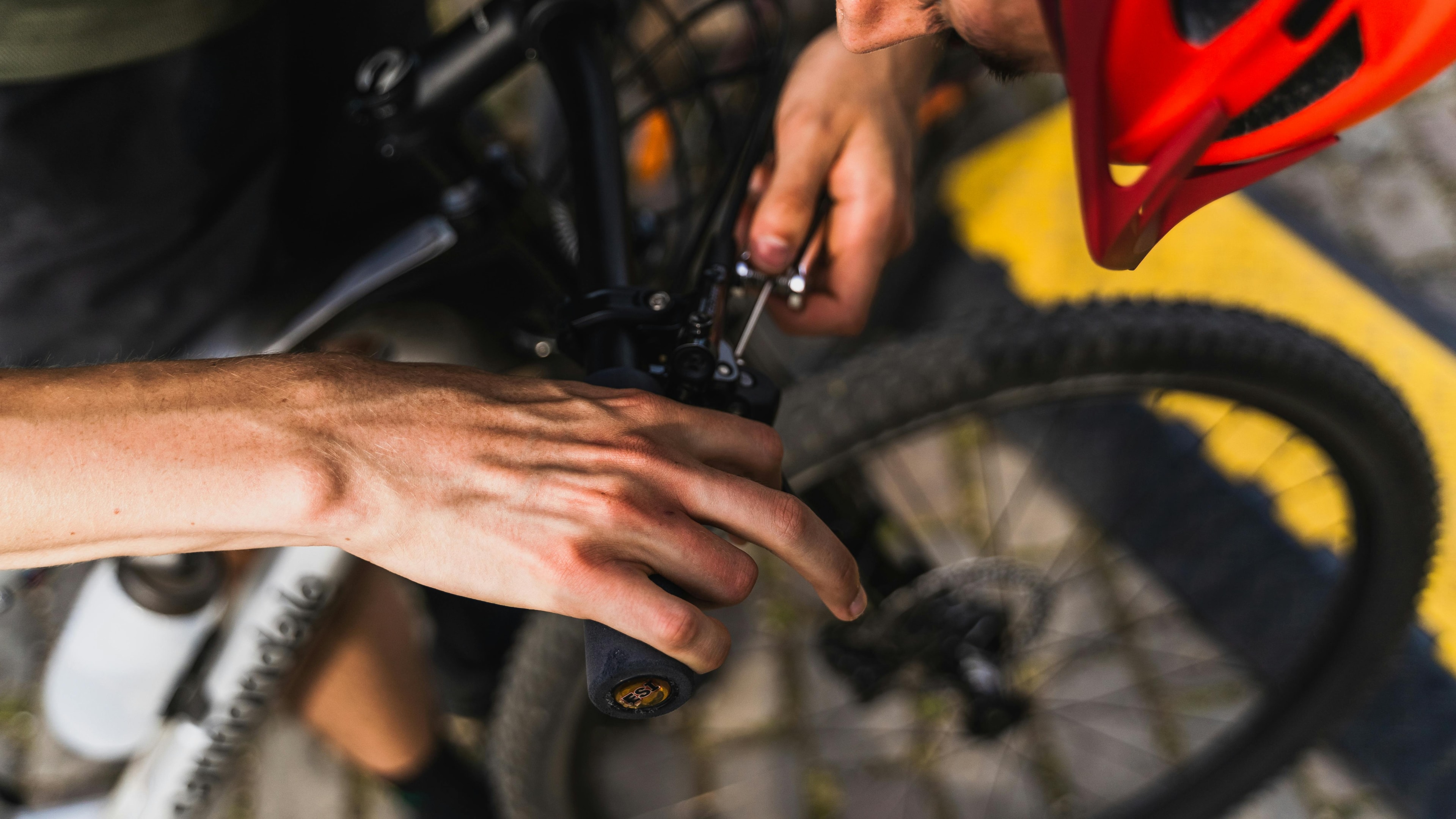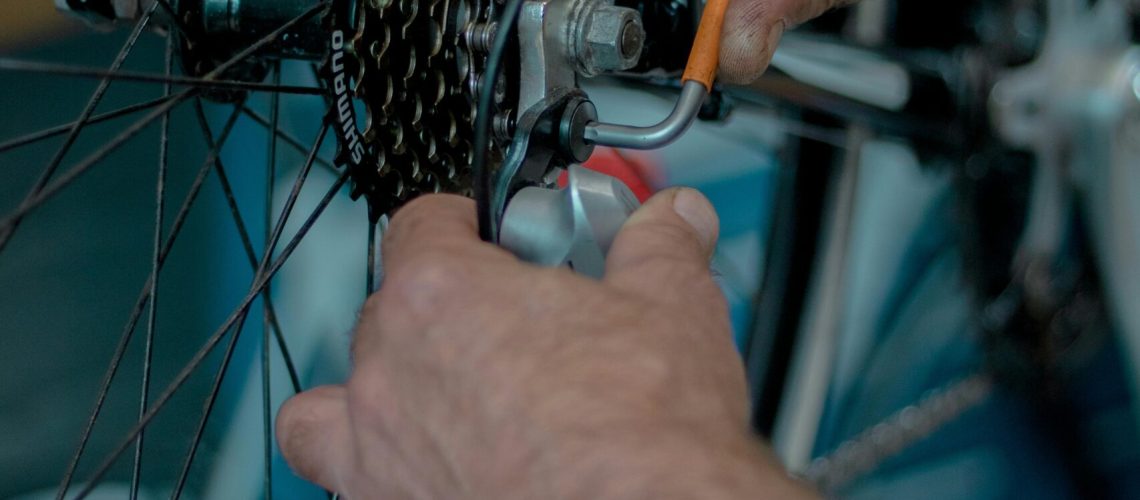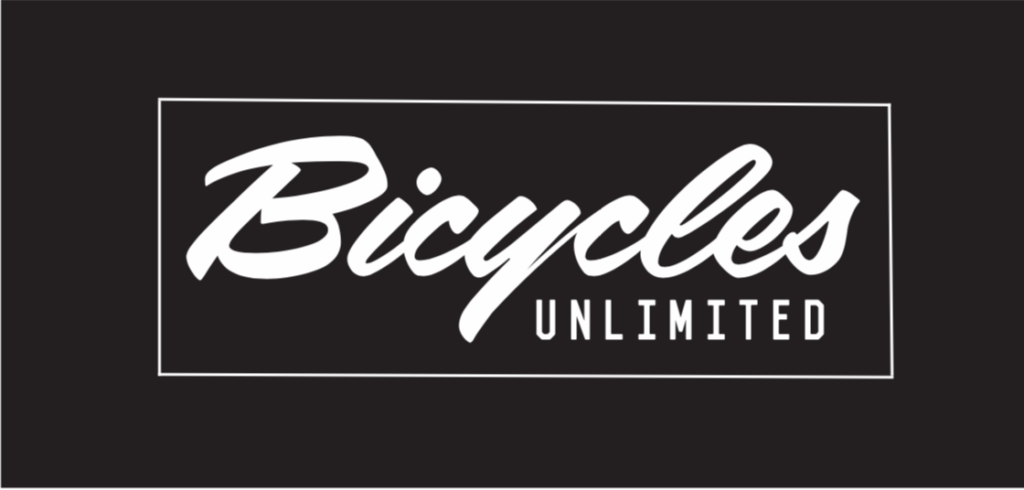Getting a bike tune-up during the off-season can be the perfect way to ensure your ride is ready when spring comes. Avoiding the rush of springtime crowds, longer wait times, and potential costly repairs can make a big difference in your riding experience. At Bicycles Unlimited, we know the importance of regular bike maintenance and why off-season care can be a game-changer. Here’s why investing in a bicycle tune-up now is worth it and how it can save you time and money.
Why Off-Season Tune-Ups Are Ideal
Avoid Springtime Delays at Your Local Bike Shop
Bike shops are busiest during spring, and trying to get a bike tune-up then often means long wait times. Getting your bike running smoothly in the off-season is not only convenient but helps you avoid potential delays and crowded bike shops. You’ll have your bike ready to ride without waiting for service once the warmer weather hits.
During the spring rush, it’s common to experience backups as bicycle repair needs increase. Off-season tune-ups at your local bike shop are less rushed, allowing mechanics to give your bike the thorough attention it needs.
Extend the Life of Your Bike Components
Getting a tune-up in the off-season helps extend the life of key bike components and avoids premature wear from neglect. Just like any machine, your bike’s parts need regular maintenance to keep them functioning efficiently. With proper attention, components like brake pads, gear cables, and chain will last longer, saving you from the cost of replacements later on.
What’s Included in a Comprehensive Tune-Up?
A good bike tune-up covers more than just a quick safety check; it includes an in-depth examination and adjustment of each component to ensure optimal performance. Here’s a breakdown of what a full bicycle tune-up entails:
Checking Brake Pads, Cables, and Levers
One of the primary components checked during a tune-up is your bike’s brakes. Brake issues can create safety risks, so attention to the brake pads, brake cables, and brake levers is essential. Over time, brake pads wear down, and cables can fray or lose tension. Replacing worn brake pads or ensuring the brake cables are functioning correctly means you can brake with confidence.
Hydraulic brakes may need a brake bleed to keep the system working efficiently, while cable actuated brakes might need adjustments or replacements. Ensuring your brakes are in top condition also allows for proper alignment of the brake calipers, minimizing lateral play and giving you smoother stops.
Adjusting the Derailleurs and Shifting Cables
Properly shifting gears is crucial, and this relies on well-maintained derailleur cables and correctly positioned rear derailleur. During a bike tune, mechanics inspect the entire drive train and adjust cable tension to keep gears shifting smoothly. Any issues with derailleur cables, such as stretching or fraying, are addressed.
Lubricating the Chain and Cleaning the Drivetrain
A dirty drivetrain can slow you down and reduce your bike’s efficiency. Mechanics will use a stiff bristled brush and sometimes a softer brush to remove caked-on grime and extra dirt from the chain, cassette, and bottom bracket shell. A properly cleaned and lubricated entire chain means smoother pedaling and a longer-lasting drive train.
For the best results, it’s recommended to lubricate the chain lightly, often using just one drop per link. Too much lubrication can attract extra dirt and create caked-on residue, so a light touch is best.
Tightening Key Components for Safety
During a safety check, mechanics inspect and tighten bolts on critical parts like the head tube, seatpost collar, saddle rails, and fork legs. Checking for hairline cracks in the frame, especially in carbon frame bikes, is essential to prevent potential breakages. Older bikes may show more signs of wear, so it’s particularly valuable to address these during a basic tune-up.

Preparing for Spring: What You Should Do at Home
In addition to the work done at the bike shop, there are some simple maintenance tasks you can do at home to keep your bike in good condition. These small efforts now can help avoid bigger repairs later.
Check Tire Pressure and Condition
Inspecting your tires and ensuring they’re inflated to the recommended pressure prevents them from cracking or becoming brittle over time. If you ride tubeless tires, it’s wise to remove air and reapply sealant if needed. Worn tires with no life left should be replaced to avoid blowouts or dangerous rides.
Examine Wheels and Spokes
Check for loose spokes on your wheels, as these can cause your wheels to wobble and make your bike harder to control. Broken spokes can be replaced at your local bike shop during your bicycle tune-up, ensuring that your wheels are in proper alignment and ready for the miles ahead.
Benefits of an Off-Season Tune-Up for Long-Term Bicycle Health
Cost Savings on Parts and Repairs
Off-season maintenance can prevent the need for costly repairs down the line. By taking care of small problems like shifting issues, loose hubs, or a broken spoke now, you’re more likely to avoid bigger issues that might arise from improper maintenance.
Prolong the Life of Your Bicycle
By investing in regular bike maintenance and tune-ups, you’re actively extending the life of your bicycle. Each component, from brake cables to the bottom bracket, benefits from regular inspection and maintenance, saving you from frequent replacements.
Enjoy a Better, Smoother Ride
A properly maintained bike offers a smoother, more enjoyable ride. Your gears will shift precisely, your brakes will respond sharply, and you’ll notice improved overall performance. Riding a bike that’s been tuned recently is a rewarding experience, giving you confidence in its optimal performance.
FAQs About Off-Season Bike Tune-Ups
Is an Off-Season Tune-Up Necessary if I Don’t Ride Frequently?
Yes! Even if your bike has been sitting unused, regular tune-ups are essential for keeping it in shape. Bike components can degrade over time, even when not in use, and sitting still may lead to extra dirt collecting on parts.
Can I Do a Tune-Up Myself?
While some home maintenance, like cleaning with dish soap and checking tire pressure, can be done by home mechanics, a professional bike shop has the tools, like Park Tool equipment, and expertise needed for a thorough tune-up. Mechanics are trained to spot issues like cable tension irregularities, loose hubs, and hidden shifting issues that may not be immediately obvious.
How Often Should I Tune Up My Bike?
A bike tune-up is recommended at least once a year if you ride often, and every 2-3 years for new bikes or those ridden less frequently.
Schedule Your Off-Season Tune-Up with Bicycles Unlimited
Scheduling an off-season bike tune-up is the smartest way to ensure your bike will be ready to go when you are. By bringing your bicycle into Bicycles Unlimited now, you’ll have peace of mind that your ride is prepped and optimized. Make this off-season the time to give your bike the care it deserves, and enjoy a smoother, hassle-free riding experience in spring.
Let us help you get your bike rolling smoothly and safely for the next season. Visit our local bike shop for a complete bicycle tune-up and start planning your spring rides today!


